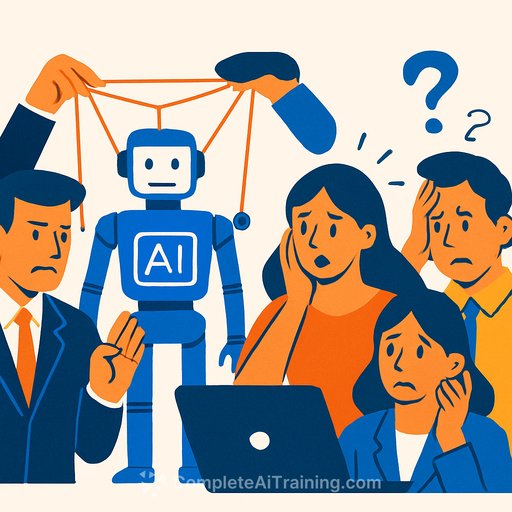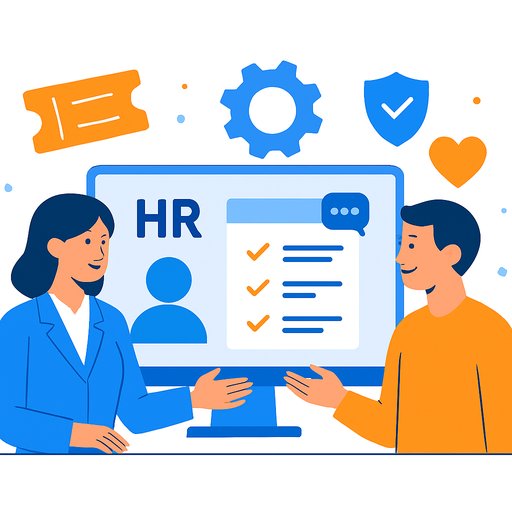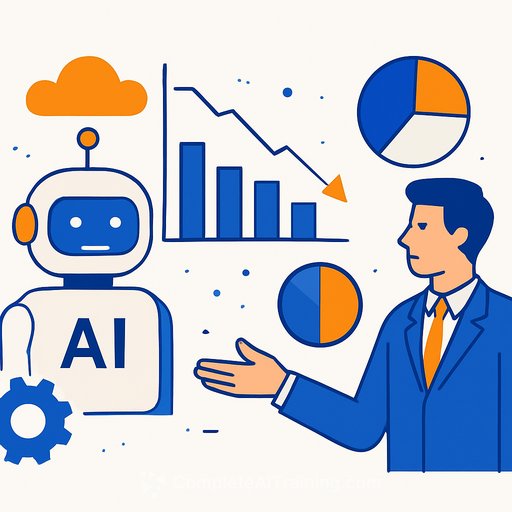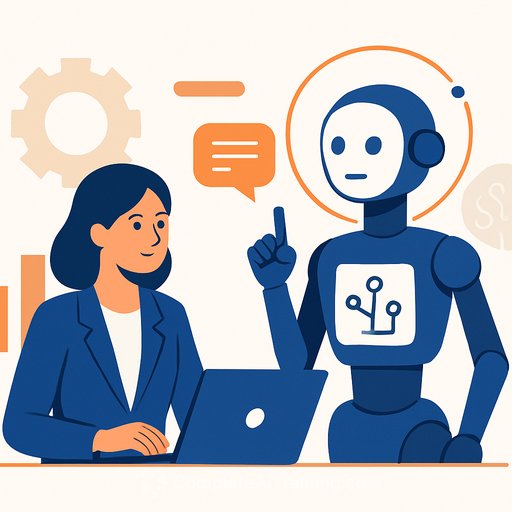Worried about AI at work? Avoid these 5 leadership mistakes with your team
Artificial intelligence is changing workplaces, but many employees feel uncertainty rather than excitement. A 2025 Pew Research Center study shows 52% of U.S. workers worry AI might disrupt or replace their jobs. Meanwhile, an August 2024 SHRM survey found nearly half feel unprepared for automation, and 95% don’t trust their organizations to handle AI in a way that benefits everyone.
How managers address AI concerns can make or break team morale and productivity. Clear, honest communication is essential, but the wrong message can increase fear instead of trust. Whether introducing new AI tools or starting the conversation, transparency, context, and empathy are key.
1. Acting like it’s no big deal
Avoid dismissing or avoiding AI concerns. Leaders who ignore these worries often create bigger problems. It’s critical to have upfront discussions about AI’s benefits, drawbacks, potential impacts, and limits within your business.
Direct communication helps employees see AI as a tool to augment workflows and reduce repetitive tasks—not as a threat to their jobs.
Takeaway: Acknowledge employee fears openly and explain how AI will support their work, not replace it.2. Throwing around ‘AI’ without defining it
AI is not one single technology. Using generative AI to improve emails is very different from deploying chatbots to handle all customer interactions. Without these distinctions, employees won’t understand what changes lie ahead or how to stay relevant.
Be clear about what types of AI you’re adopting, what tasks they impact, and the level of trust placed in these tools.
Takeaway: Define what AI means in your context. Explain the specific tools, their roles, and why they matter to your team.3. Failing to explain the why
Announcing AI changes without explaining the reasons breeds fear, skepticism, or anger. Explain why AI is necessary and how it ties into broader business goals. This context helps employees see their role in the transition rather than viewing AI as a threat.
Encourage ongoing two-way feedback to refine how AI improves workflows and results.
Takeaway: Share the reasons behind AI adoption and connect them to your team’s goals to build trust and buy-in.4. Overhyping what AI can do
Avoid promising that AI will solve everything. AI can assist with tasks like explaining benefit plans, but it can’t replace human judgment in sensitive areas like harassment complaints or mental health concerns.
Focus on tested, realistic use cases instead of speculative predictions about AI capabilities.
Takeaway: Be honest about what AI can do today, not what it might do in the future.5. Leaving people out of the process
Involve employees early and often. Successful AI adoption happens when frontline workers help define problems, co-design workflows, and shape transition policies. This involvement improves adoption, productivity, and job quality.
Frame AI as a partner to support their work, not as a competitor. When employees feel included, resistance fades.
Takeaway: Engage your team from the start and present AI as a tool that helps them, not replaces them.What successful AI communication looks like
Poor AI communication shows up as pushback in meetings, higher turnover, or anxious conversations. These signs mean employees feel excluded or uncertain.
Clear, inclusive communication leads to better engagement. Employees ask questions, suggest improvements, and use AI to work more efficiently. When your team feels empowered instead of threatened, you’ve found the right approach.
For HR professionals looking to build skills around AI adoption and communication, exploring targeted training can be valuable. Check out AI courses designed for HR roles to help guide your team through these changes confidently.
Your membership also unlocks:






